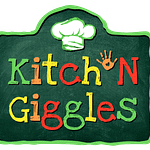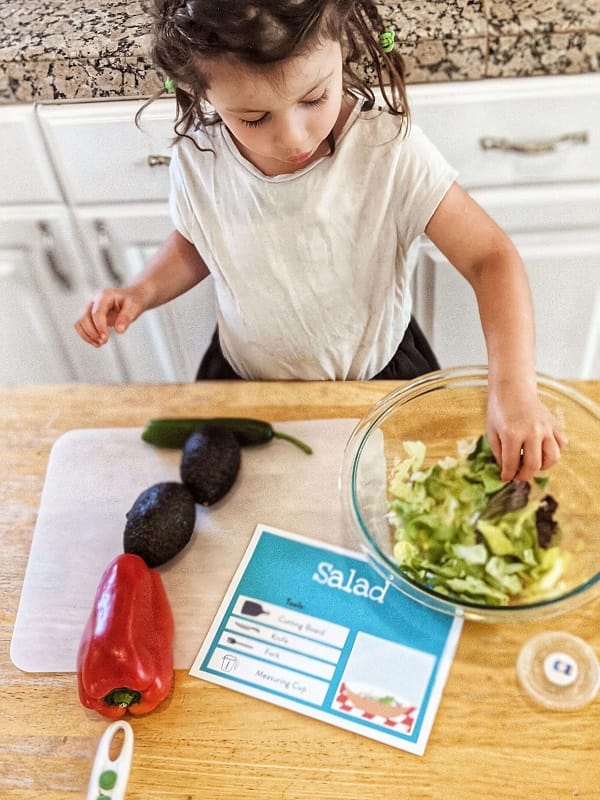Welcome to Smart Substitutions September Edition! This is where we introduce a small change that you can make in your daily cooking habits to create foods that are delicious and a little bit healthier. This month’s feature substitution: Dried Beans.
What:
In the grocery store, there are 2 types of beans: Those that you purchase dry and those that you purchase fresh. Fresh beans include things like green beans or edamame. Dry beans are things like black beans, kidney beans and chickpeas. These beans are dried and then packaged and they can’t be eaten raw. Many times people buy these beans in their canned forms. More on that later.
Where:
Usually, you can find dry beans in bags, right next to their canned counterparts. Many companies make both dried and canned beans, and both are located in the “bean” aisle in the store. Another great place to purchase dried beans is from the bulk bins. Those are often located in the center of the store. Sometimes the prices are lower, but not always!
Why:
To start, beans, in all forms, dried, fresh and canned, are excellent sources of vegetarian protein, iron, folate, potassium and fiber. To be honest, canned beans are super convenient. They’re ready to go to be added into soups, salads and chili. The downside of canned beans (and canned food in general) is all of the sodium found inside. Canned beans contain about 15% of your daily sodium requirement per serving. And there are 3.5 serving per can. So 1 can of beans is almost half of your daily sodium.
The benefit of dried beans is that they offer all of the nutrition of beans without any added salt. They’re also cheaper and, especially if you purchase from the bulk bins, create less waste. They also taste fresher, which you’d expect. There are plenty of great reasons to use dried beans. The one downside is that they do take forever to cook. Unlike a canned beans which are ready to go, dried beans need to be cooked. For hours. Like 6+. (Unless you have an instant pot). So it take a bit more planning to successfully incorporate dried beans.
When:
Anytime you want beans, you can use dried beans. Just be prepared and cook them the day before. Dried beans are excellent in chili, soups, stews and hummus. They add a level of fresh taste that’s missing when you rely on cans.
Since dried beans are a bit daunting, I’m adding an extra section this month:
How:
It’s not as complicated as you may think. Many many experts recommend soaking your beans beforehand. They claim it reduced cooking time and makes the beans easier to digest. I wouldn’t know. This is great advice that I personally never follow. Basically, pour the beans in a pot and cover them with water. Keep in mind that the beans expand during the cooking process, so make sure there’s plenty of room. Then, cover and bring to a simmer. Cook until the beans are done. I usually taste a bean every hour to test for doneness. Then turn on your favorite Netflix show and watch about 4 episodes (making sure to check your beans in between.)
Cooked beans do need to be refrigerated. They last about 1 week, so it’s not worth it to cook a large batch of dried beans unless you need them. Dried beans are great for storing. They’ll last about 6 months in an airtight container.
So there you have it, a few good reasons to switch to dried beans. Of course there are still health benefits to canned beans. You can try to get the no-salt added beans. It’s all the convenience of canned beans with about half the sodium. They work great for those times you can’t/don’t want to cook a pot of dried beans. Always read the nutrition facts to make sure you realize exactly what you’re eating.

